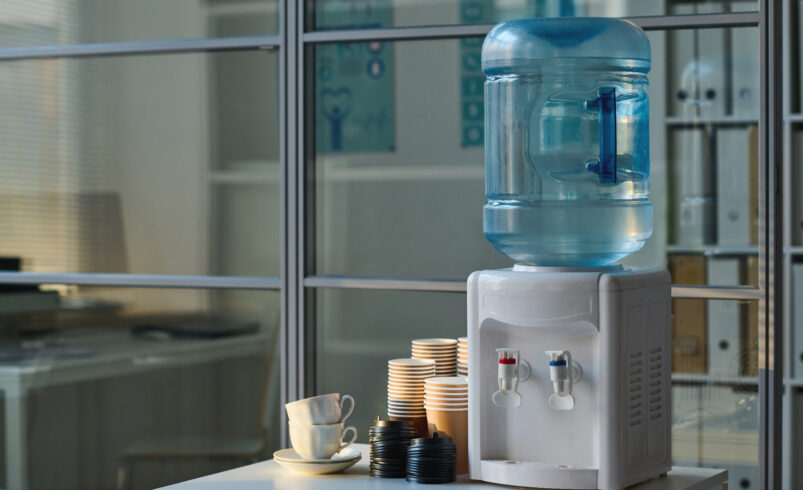🧴 DIY Water Dispenser Fixes & Maintenance Checklist
- July 18, 2025
- 0
A water dispenser is a convenient luxury—cold water on a hot day, hot water for tea in seconds. But like any appliance, it requires regular cleaning and upkeep
A water dispenser is a convenient luxury—cold water on a hot day, hot water for tea in seconds. But like any appliance, it requires regular cleaning and upkeep
